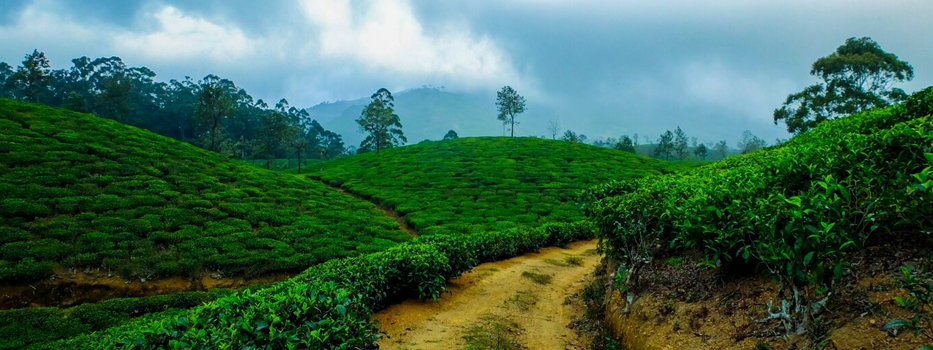It seems we can’t find what you’re looking for. Perhaps searching can help.
No Hill Station found in Daman & Diu.
About Daman & Diu
Daman and Diu, formerly separate Union Territories, were merged into a single Union Territory on January 26, 2020. This consolidation aimed to streamline administrative functions and enhance regional development. Located on the western coast of India, Daman and Diu are known for their picturesque beaches, historical architecture, and colonial heritage. This brief overview explores the geographical features, history, culture, economy, and attractions of Daman and Diu.
Geographical and Natural Features
Daman: Daman is a coastal city situated on the western coast of India, along the Arabian Sea. It covers an area of about 72 square kilometers. The region is characterized by its flat terrain and sandy beaches.
- Topography: Daman’s landscape is relatively flat, with sandy beaches lining its coastline. The city is situated on the estuary of the Daman Ganga River, which contributes to its fertile land.
- Climate: The climate is tropical, with high humidity and moderate temperatures throughout the year. The monsoon season, from June to September, brings significant rainfall, contributing to the lush greenery of the area.
Diu: Diu is an island located off the southern coast of Gujarat, separated from the mainland by a narrow creek. It covers an area of about 40 square kilometers.
- Topography: Diu features a mix of coastal plains and rugged terrain. The island is known for its rocky shores, sandy beaches, and picturesque coastline.
- Climate: Diu enjoys a tropical climate with warm temperatures and moderate humidity. The monsoon season also brings heavy rains, which enhance the island’s natural beauty.
Historical and Cultural Background
Colonial Heritage: Both Daman and Diu were part of Portuguese India until they were annexed by India in 1961. The Portuguese influence is evident in the region’s architecture, cuisine, and cultural practices.
- Daman: Daman was a significant Portuguese settlement, with its old fortifications and colonial-era churches reflecting its colonial past. The Fort of St. Jerome and the Church of Our Lady of the Sea are prominent examples of Portuguese architecture.
- Diu: Diu, an island off the Gujarat coast, also has a rich Portuguese heritage. The Diu Fort, St. Paul’s Church, and the Church of Our Lady of the Sea showcase the colonial architecture and historical significance of the island.
Post-Independence: Following their liberation from Portuguese rule in 1961, Daman and Diu were established as Union Territories. The merger of these territories in 2020 aimed to enhance administrative efficiency and regional development.
Economy and Development
Tourism: Tourism is a major economic driver in Daman and Diu. The regions’ scenic beaches, historical monuments, and colonial architecture attract both domestic and international tourists.
- Daman: The beaches of Daman, such as Jampore Beach and Devka Beach, are popular among tourists for their cleanliness and scenic beauty. Daman also features historical sites like the Daman Fort and the Cathedral of Bom Jesus.
- Diu: Diu is renowned for its beautiful beaches, including Nagoa Beach and Ghoghla Beach. The Diu Fort and St. Paul’s Church are significant tourist attractions. The island’s tranquil atmosphere and colonial heritage make it a popular destination for relaxation and exploration.
Fishing and Agriculture: Both regions have traditional fishing industries that contribute to the local economy. The fertile land in Daman supports agriculture, including the cultivation of crops like coconuts and various fruits.
Small-scale Industries: Daman and Diu have a growing number of small-scale industries, including handicrafts, textiles, and food processing. These industries contribute to the local economy and provide employment opportunities.
Culture and Lifestyle
Daman: The culture of Daman reflects a blend of Indian and Portuguese influences. The region celebrates various festivals with enthusiasm, including Christmas, New Year, and local fairs. The cuisine of Daman features a mix of Indian and Portuguese flavors, with dishes such as Xacuti (a spicy curry) and Pork Vindaloo being popular.
Diu: Diu offers a unique cultural experience with its combination of Indian and Portuguese heritage. The island celebrates festivals like Christmas, Diwali, and the Diu Carnival. The local cuisine includes a mix of seafood and traditional Indian dishes, with Bacalhau (salted codfish) being a notable Portuguese influence.
Transportation and Connectivity
Daman: Daman is well-connected to major cities in Gujarat and Maharashtra. The Daman Airport offers domestic flights connecting Daman to cities like Mumbai and Surat. The road network facilitates travel to and from Daman, and the city is accessible by rail and road.
Diu: Diu is connected to the mainland through road and sea routes. The Diu Airport provides domestic flights to and from major cities like Mumbai and Ahmedabad. The island is also accessible by road and ferry services from Gujarat.
Challenges and Conservation Efforts
Environmental Conservation: Both Daman and Diu face environmental challenges, including coastal erosion and the impact of tourism on natural resources. Conservation efforts are focused on protecting the coastal ecosystems, maintaining the cleanliness of beaches, and managing tourism sustainably.
Infrastructure Development: As tourism and economic activities increase, there is a need for improved infrastructure, including better transportation facilities, waste management systems, and sustainable development practices.
Conclusion
Daman and Diu offer a captivating blend of natural beauty, historical heritage, and cultural diversity. The regions’ scenic beaches, colonial architecture, and rich cultural history make them appealing destinations for travelers. As they continue to develop, balancing economic growth with environmental conservation and sustainable practices will be crucial in preserving their unique charm and appeal.
States
- Andaman and Nicobar
- Andhra Pradesh
- Arunachal Pradesh
- Assam
- Bihar
- Chandigarh
- Chhatisgarh
- Dadar & Nagar
- Daman & Diu
- Delhi
- Goa
- Gujarat
- Haryana
- Himachal Pradesh
- jammu & Kashmir
- Jharkhand
- Karnataka
- Kerala
- Lakshadweep
- Madhya Pradesh
- Maharashtra
- Manipur
- Meghalaya
- Mizoram
- Nagaland
- Orissa
- Pondicherry
- Punjab
- Rajasthan
- Sikkim
- Tamil Nadu
- Tripura
- Uttar Pradesh
- Uttarakhand
- Uttaranchal
- West Bengal

